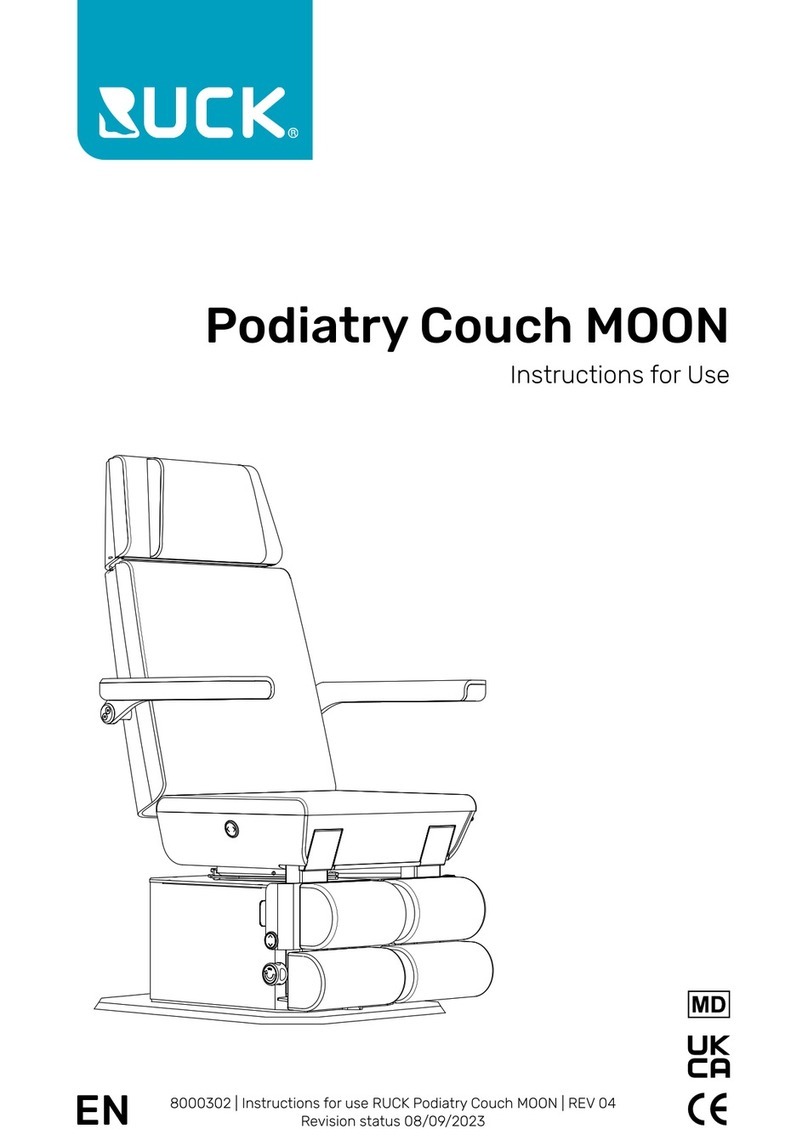
- 5 -
SECTION 1. INTRODUCTION
1.1 GENERAL OPERATIONAL INSTRUCTIONS
The 1011C is a high performance condensation type hygrometer designed for airborne
measurement of dew and frost point temperatures. The system is capable of measuring
dew/frost points between -75°C and +50°C, over a wide range of temperatures, pressures,
and airspeeds. The 1011C is a complete update of the 1011B hygrometer, incorporating
many new features described below.
The instrument operates on the chilled-mirror principle. A mirror is thermoelectrically
cooled until it reaches a temperature at which condensation begins to form (the dew or
frost point), and is then held at that temperature; the presence of condensation is sensed
optically. The signal output is a voltage corresponding to the temperature of the mirror.
The 1011C consists of three distinct units – a Sensor unit, a Power unit and a
Control/Indicator unit. The Sensor unit contains a three-stage thermoelectric cooler (TEC)
capable of reaching frost points normally encountered at altitudes up to 45,000 feet.
ALL PARTS OF THE 1011C CAN ONLY BE USED WITH THE 1011C. NONE OF
THE 1011B COMPONENTS CAN BE INTERCHANGED WITH THE 1011C.
The 1011C features a microcontroller-based Power unit. It features both voltage and 9600
baud RS-232 serial data outputs. Optionally, it includes a power switch and a pressure
sensor input.
The Control/Indicator unit features LEDs that indicate mirror cleanliness, an LED display
that shows dew/frost point temperature, and a blue LED that indicates whether the
instrument is controlling on a dew or a frost point.
The instrument will operate well in most environments, both on and off aircraft. Although
the standard configuration is designed for in-flight operation, an optional aspirating kit
enables use while the aircraft is on the ground, as well as off the aircraft in a lab or other
environment.
Startup and operation are normally very simple. Excluding extreme humidity
environments, no in-flight adjustments are required.
Note: An aircraft is an exceedingly difficult platform from which to make
humidity measurements, because of the extreme range of environmental
conditions which can occur, the abruptness of changes encountered, and
various thermodynamic and aerodynamic considerations. While the 1011C
is designed using the highest standards in this type of instrument, in-flight
situations can be encountered which will tax its limits. To help assure
consistently good performance, a number of cautionary factors are
discussed in this manual.






























